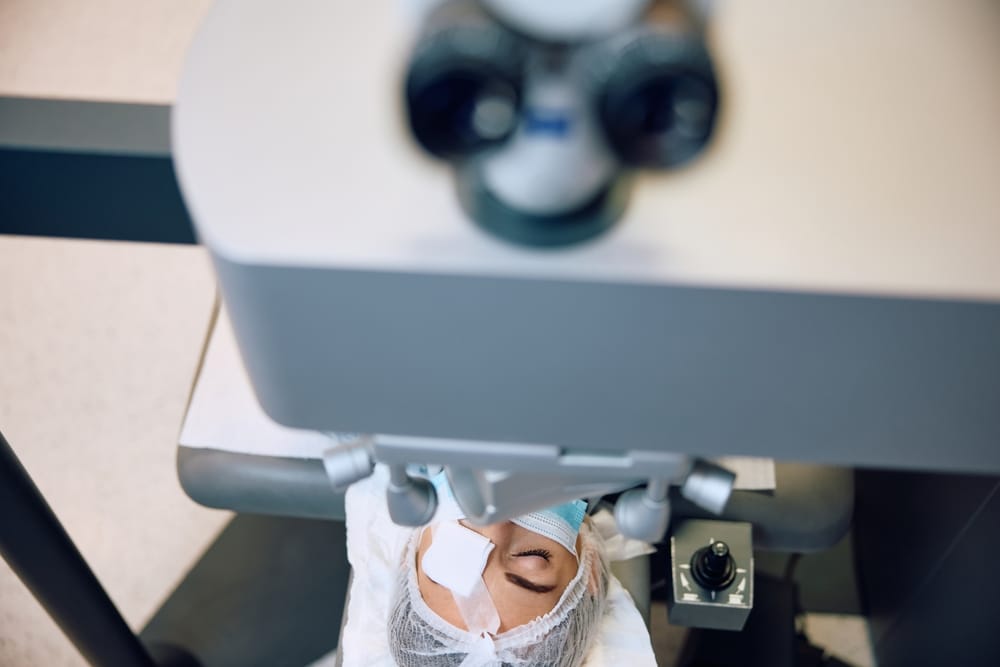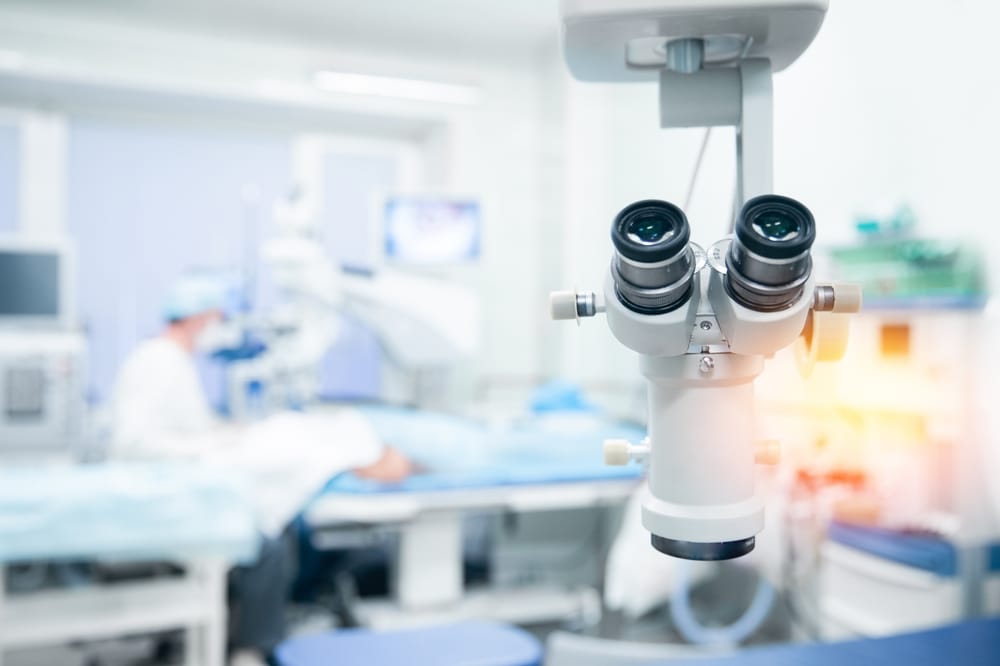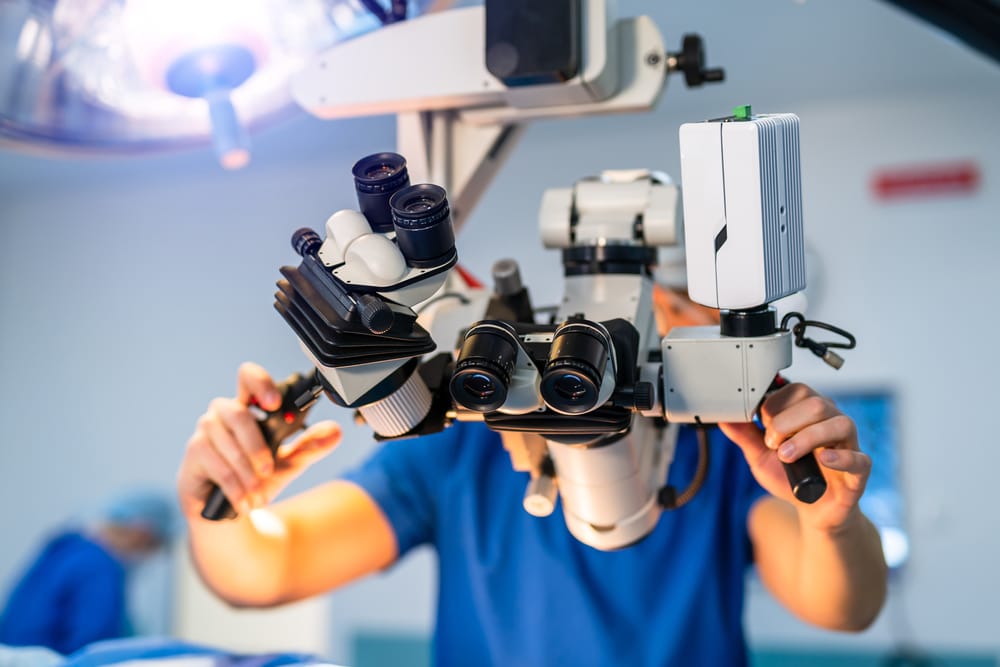Conformer rings are essential medical devices designed to maintain the shape and structure of the eye socket following surgery or trauma to the eye. These specialized rings provide crucial support during the healing process and help prepare the socket for eventual prosthetic fitting. Smart Technology LLC manufactures precision-engineered conformer rings in our ISO 10000 clean room facility, ensuring the highest standards of quality and biocompatibility.
Our conformer rings are developed by experienced surgeons who understand both the technical requirements and patient experience, resulting in devices that optimize comfort, healing outcomes, and long-term socket health for patients worldwide.



